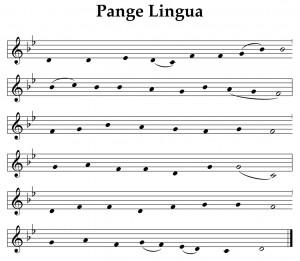
The Phrygian mode is Mode 3 of the church modes used in Gregorian chant. In modern terms, it is most easily described as the scale from E to E using only the white notes of the piano. In order to construct the scale starting on other notes, follow the pattern ascending from tonic: half step – whole step – whole step – whole step – half step – whole step – whole step.
A handout showing the mode starting from all twelve notes is available here.
The Phrygian mode is considered a minor mode because of the minor third above the tonic. It differs from the natural minor scale by having a lowered second degree. This makes the chord built on the dominant a diminished triad, so final cadences tend to be vii – i or iv – i. While named for an original Greek mode, the ecclesiastical Phrygian mode actually resembles the Greek Dorian mode (and vice versa).
For suggested ways to practice a mode, please read the newsletter issue on Learning Modes.
Some themes in the Phrygian mode include:

